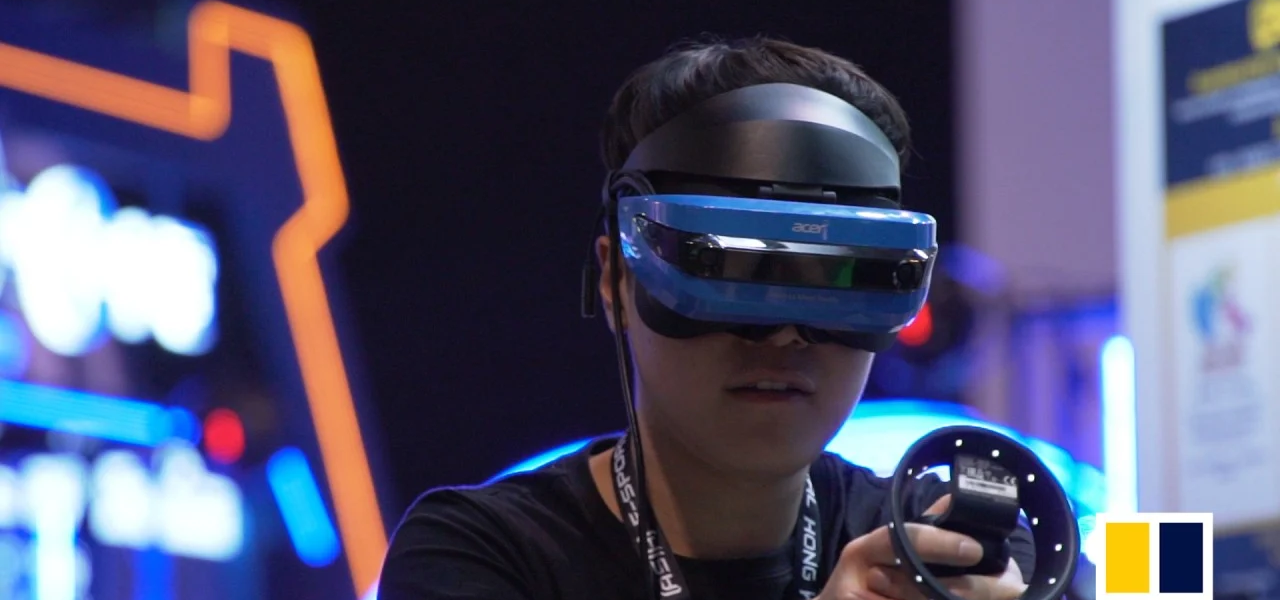In recent years, the landscape of competitive gaming, known as e-sports, has undergone a remarkable transformation, driven largely by technological advancements. From streaming platforms to virtual reality (VR) integration, several innovations have significantly shaped the future of e-sports, revolutionizing how games are played, watched, and experienced by millions worldwide.
Virtual Reality (VR) and Augmented Reality (AR)
VR and AR technologies have unlocked immersive experiences within the e-sports domain. VR headsets provide players with a heightened sense of presence, enabling them to engage with games in entirely new ways. Titles like Beat Saber and VRChat have showcased the potential of VR in creating unique competitive environments. Additionally, AR overlays enhance viewership by offering real-time statistics, player profiles, and interactive elements during live broadcasts, enriching the spectator experience.
Cloud Gaming
The advent of cloud gaming services has democratized access to high-quality gaming experiences. Platforms like Google Stadia, NVIDIA GeForce Now, and Xbox Cloud Gaming allow players to stream games directly to their devices without the need for expensive hardware. This accessibility not only broadens the player base but also facilitates seamless participation in e-sports tournaments, irrespective of geographical barriers.
Artificial Intelligence (AI) and Machine Learning
AI and machine learning algorithms are increasingly being employed to enhance gameplay mechanics, optimize player performance, and develop more realistic virtual environments. These technologies power advanced opponent AI, personalized gaming experiences, and automated content generation. In e-sports, AI-driven analytics provide invaluable insights into player strategies, enabling teams to refine their tactics and gain a competitive edge.
Blockchain and NFTs
Blockchain technology and non-fungible tokens (NFTs) have begun to permeate the e-sports ecosystem, offering novel avenues for monetization, ownership, and digital asset management. Through blockchain-based platforms, players can tokenize in-game items, skins, and collectibles, creating a thriving marketplace for virtual goods. Moreover, blockchain ensures transparency and security in e-sports transactions, mitigating issues related to fraud and counterfeit items.
Advanced Streaming and Spectator Tools
Streaming platforms such as Twitch, YouTube Gaming, and Facebook Gaming have become integral to the e-sports ecosystem, enabling players to broadcast their gameplay to global audiences in real-time. Innovative features like multi-view perspectives, chat interactivity, and customizable overlays enhance viewer engagement and immersion. Additionally, tools like Twitch’s Squad Stream and YouTube’s co-streaming capabilities facilitate collaborative viewing experiences, fostering community cohesion within the e-sports community.
Gesture Recognition and Biometric Feedback
Gesture recognition technologies, coupled with biometric feedback systems, offer a glimpse into the future of e-sports training and performance analysis. Devices like the Intel RealSense camera and the Emotiv EEG headset enable players to control in-game actions through gestures and monitor physiological responses during gameplay. By leveraging these insights, players can refine their motor skills, optimize their cognitive performance, and adapt their strategies for peak competitive performance.

Conclusion
In conclusion, technological innovations continue to redefine the landscape of e-sports, ushering in an era of unprecedented accessibility, immersion, and interactivity. As developers, players, and audiences embrace these advancements, the future of e-sports promises to be a dynamic fusion of technology, competition, and entertainment, where the boundaries between virtual and reality blur, and new possibilities emerge at every turn.




